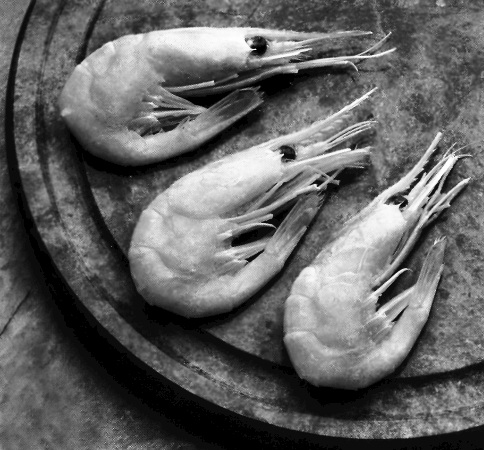| Fishery Diversification Considerable changes have taken place in the Province's fishing industry over the past ten years substantially altering the face of the industry. What was once a groundfish dominated industry has, through necessity and ingenuity, directed its efforts towards creating new wealth through previously underutilized species, new resource opportunities and aquaculture. Although this has not offset the reduction in traditional fisheries from an employment perspective, it does offer considerable potential to expand the industry and create new opportunities for growth. A catalyst to the diversification of the industry has been the exponential growth of shellfish fisheries, in particular crab. Crab populations have increased dramatically since the collapse of groundfish, which are a major predator. Market demand for crab has been relatively strong; two years ago crab prices to fishers reached $2.50 per pound pushing the total value of landings to an all time high of $330 million. In 1997, prices are likely to show some decline from last year's levels. Crab landings reached 37,500 tonnes last year, the highest ever recorded. Shrimp is another species which has flourished since the groundfish closures. The landed value of shrimp in 1996 was $56.9 million, a 17.5 percent increase from the previous year. Recent scientific findings on the stock are extremely promising and it is expected that the quota for shrimp off Labrador and the northeast coast of the Island will be increased significantly this year. As well, the Provincial government is currently experimenting with the development of both an inshore shrimp pot fishery and a near shore beam trawl fishery.
In addition to crab and shrimp, new commercial fisheries for offshore surf clams, Icelandic scallops on the Grand Banks and skate have also resulted from successful Government industry partnering. The landed value of these fisheries has increased from approximately $3.7 million in 1990 to over $28 million in 1996. Exploratory work carried out on these species continues to identify new locations with commercial quantities present. Heightened demand for fish products in lucrative Japanese and other Asian markets has further raised the viability of future developments in the fishery. Among the many new fisheries identified as having considerable market potential are sea urchin, seals, and other crab species such as Atlantic king, porcupine, rock and toad. Sea urchin is one example of a species that is abundant in the Province and in very high demand in Japan. This species is found throughout the Province with main commercial fisheries in several areas. The fishing season runs from October to April with the urchins mainly collected by divers. In 1996, the production value of sea urchins was approximately $2.0 million. Sea urchin prices in 1997 have hit $1.20 per pound and it is estimated that in the near future (3-5 years) this fishery will be worth $3-5 million and employ 300-400 workers. Value of Fish Landings Diagram C-01190 The Newfoundland and Labrador fishery appears set to experience a period of renewed growth as illustrated in the accompanying diagram. The landed value of fish by the year 2000 for instance is expected to reach approximately $375 million, due in large part to the ongoing diversification efforts of the industry and a limited recovery and reopening of cod fisheries along the south and west coasts of the Province. Shellfish fisheries such as crab, shrimp, clams and scallops will continue to play an important role in the expansion of the industry. New fisheries development opportunities together with further aquaculture industry growth will also boost future employment and incomes. |
